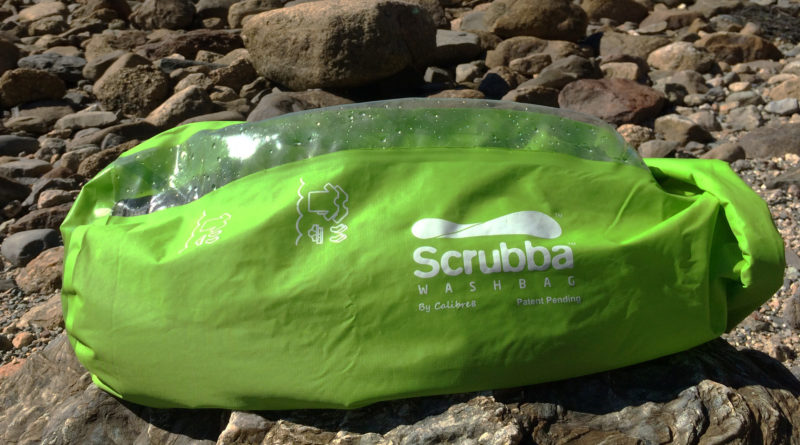 Anne Bryant
Anne BryantLiquid detergents go to work faster than powdered varieties. Bodywash and shampoo will also work. If you still see suds through the window after 30 seconds of washing, you can use less detergent for subsequent washings.
The Scrubba wash bag first came to my attention through an online cruising forum that has occasional posts about laundry gadgets, and it struck me as an innovative solution to a backcountry traveling problem: dirty clothes.
The Scrubba is essentially a dry bag, but instead of keeping water out, it keeps water, detergent, and dirty laundry in. It has a clear panel for seeing what’s going on, a flexible textured washboard panel inside, and a valve to let air out. It’s well made. All of the seams are consistently and cleanly done, the stitching is top-notch, the buckle is sturdy, and the whole thing weighs just 5 ounces. Folded, it’s quite compact— smaller than a sandwich—which is particularly valuable for camp-cruising in small boats where space is limited. The Scrubba can serve as a dry bag when it’s not being used for laundry.
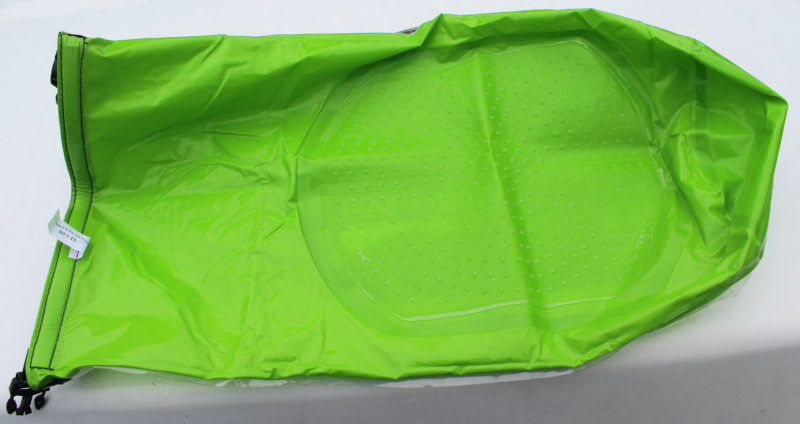 SBM
SBMIf you turn the Scrubba inside out, as you would to dry it after use, you can see the interior washboard surface.
The instructions are printed on the bag as simple drawings, and two fill lines with illustrations showing the size of awash load: a small load is one shirt, one pair of unmentionables, and a pair of socks; a large load is double that. Put clothing and a gallon or more of water to the appropriate fill line, add a small amount of detergent, close the bag by folding the top down and buckling it, and then release most of the air through the valve. Then work the bag by hand, rubbing the clothes across the interior washboard as if you were kneading bread dough. Washing for 3 minutes is recommended for a “machine-quality wash” and 30 seconds is for a “quick traveler wash.” After washing, pour the dirty water out, and repeat of the wash process without soap for the rinse cycle. Following the rinse wring out the water and line-dry.
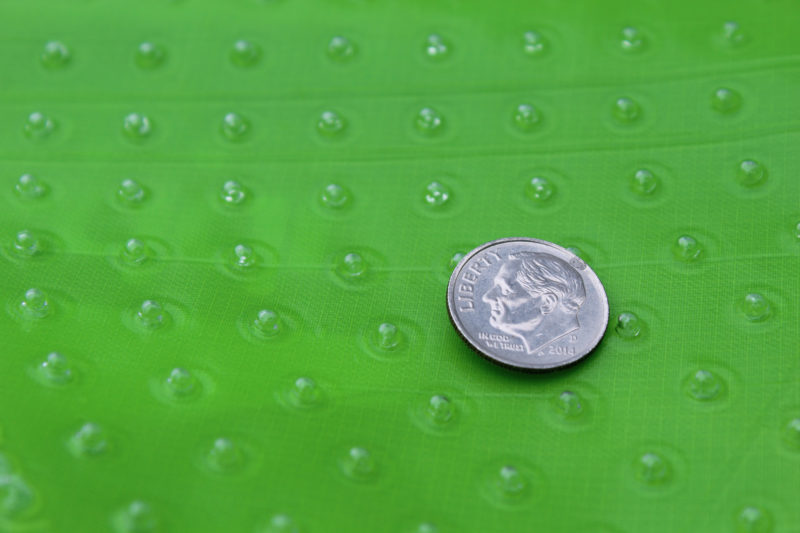 SBM
SBMThe washboard surface is made up of small molded urethane knobs.
I washed some galley towels as a good first test. They were a little greasy and had a bit of salt water in them, so they weren’t drying. The wash cycle created some very satisfyingly dingy wash water. For the next batch I washed my mostly cotton leggings with a skirt attached (kind of bulky), my really sweaty technical T-shirt I had been wearing while gardening, and a few cleaning rags. For this larger load that filled the Scrubba to the upper fill line. I kept an eye on things through the window to make they all came in contact with the washboard.
Everything came out nice and fresh, and I came away with a really positive feeling about the Scrubba. The process was easy, and I wasn’t put off by its small capacity compared to a washing machine—camp-cruising demands smaller loads done more frequently. I would recommend the Scrubba to any traveler who needs to do laundry. It goes beyond being a nifty piece of gear, as getting salt water and bacteria out of clothing can make for a healthier, happier excursion.![]()
Anne Bryant, WoodenBoat’s associate editor, lives aboard MIMI ROSE, a 32′ wooden cutter.
The Scrubba is available from selected retailers as well as direct from the manufacturer for $55. It can be purchased as a Wash and Dry Kit for $99.95, which includes a microfiber drying towel, a clothesline, inflatable hangers, and a carrying case.
Is there a product that might be useful for boatbuilding, cruising or shore-side camping that you’d like us to review? Please email your suggestions.
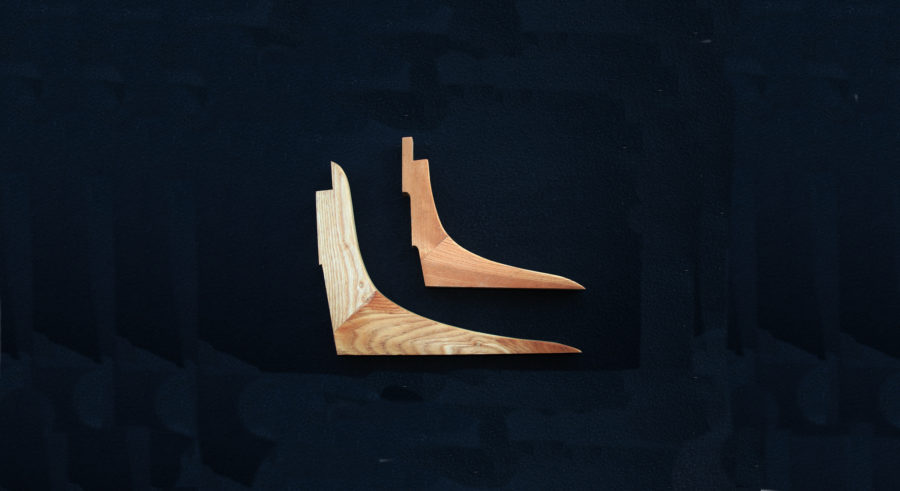
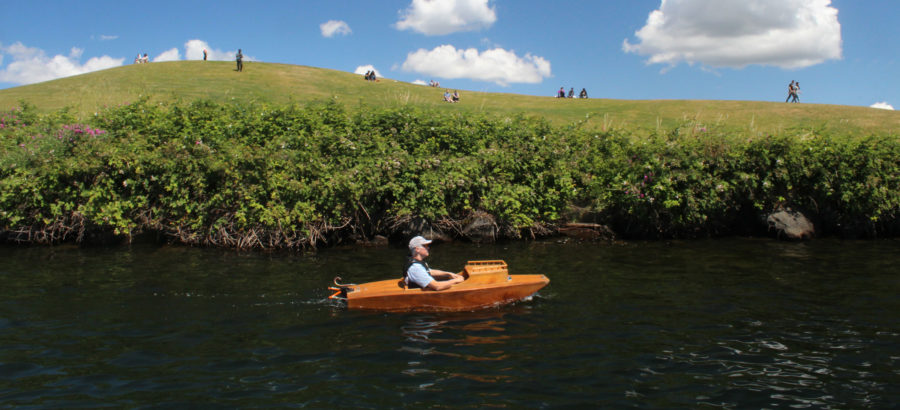
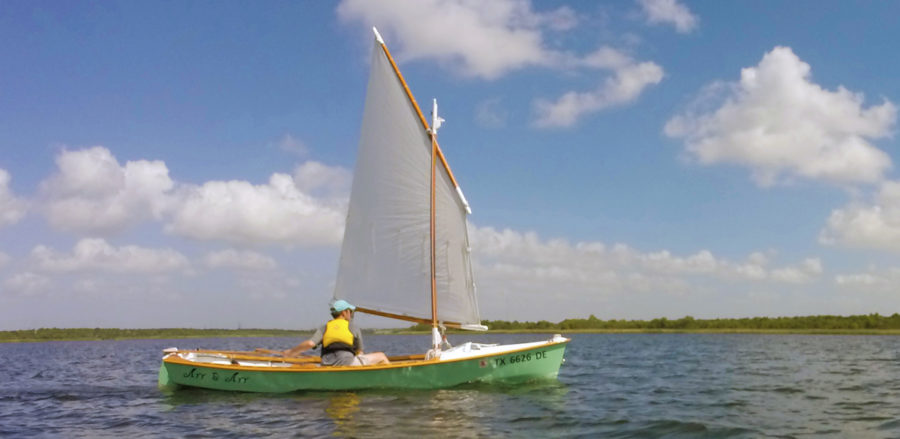
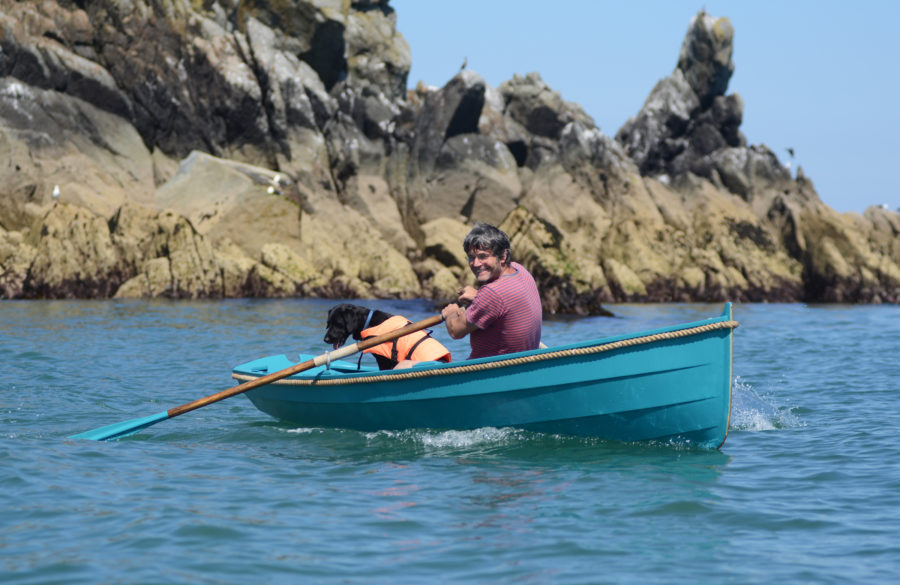
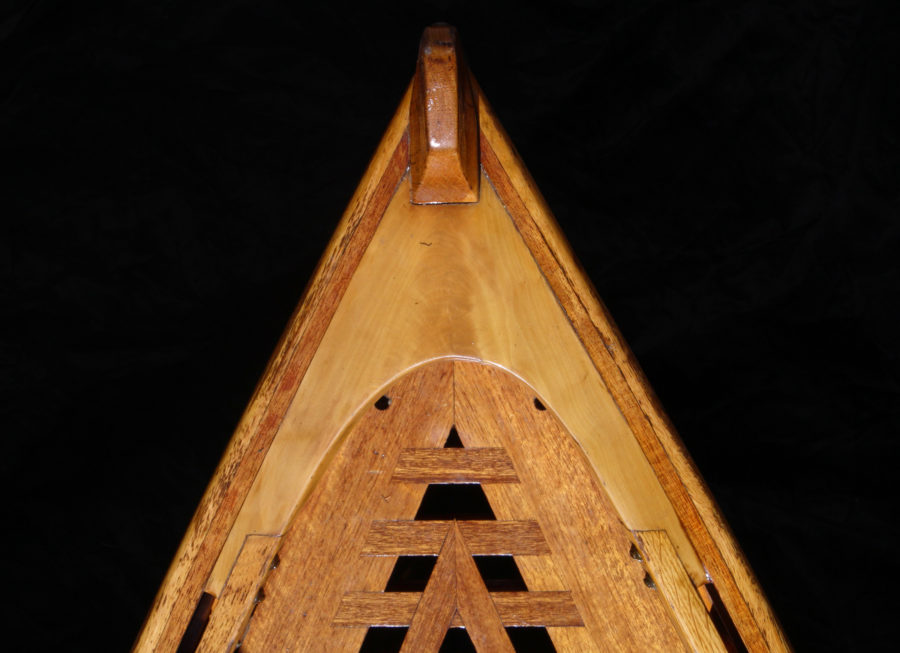
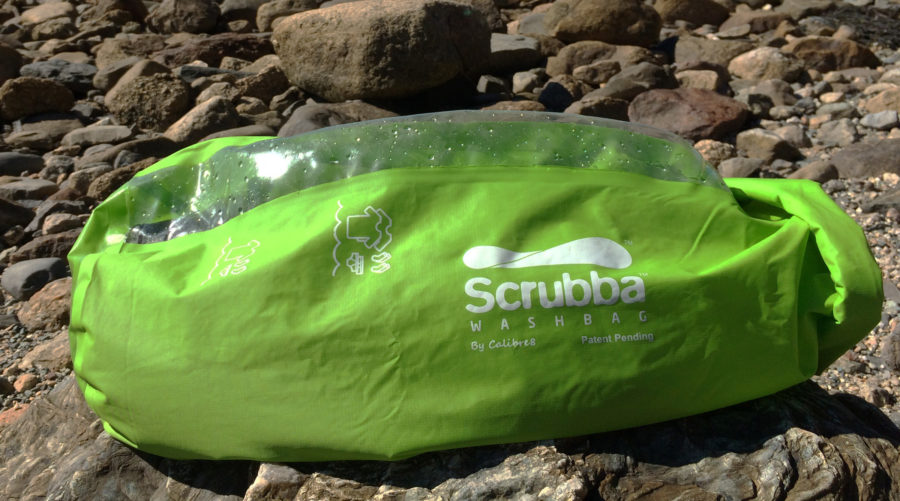
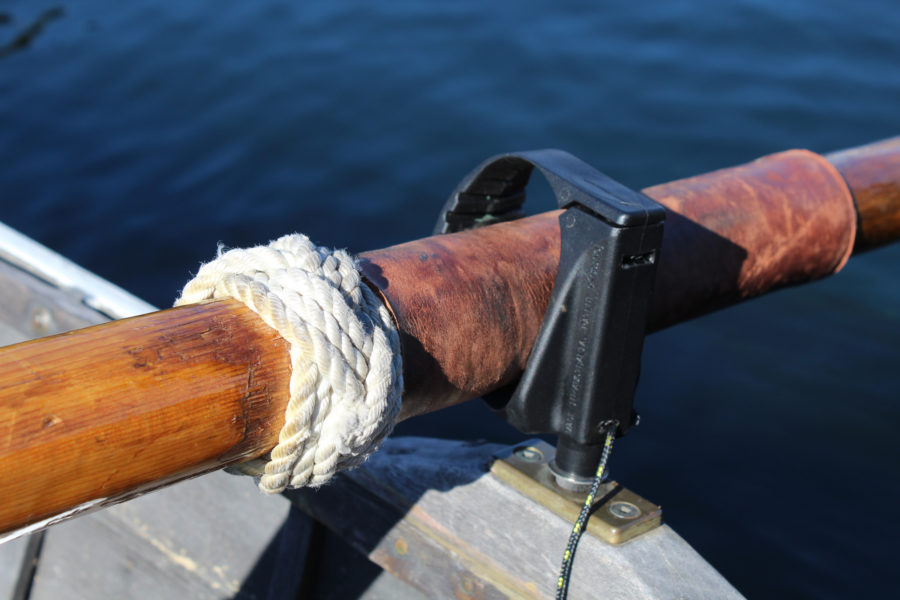
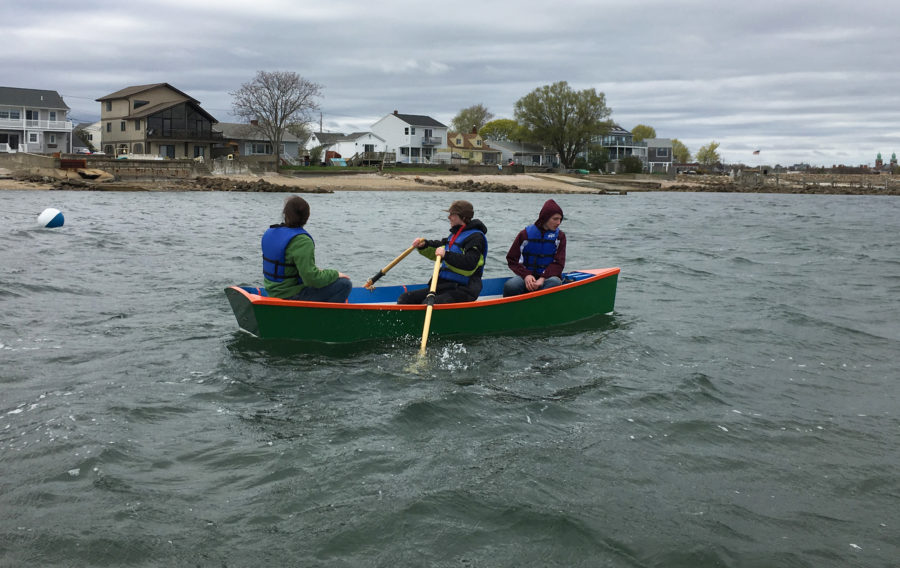
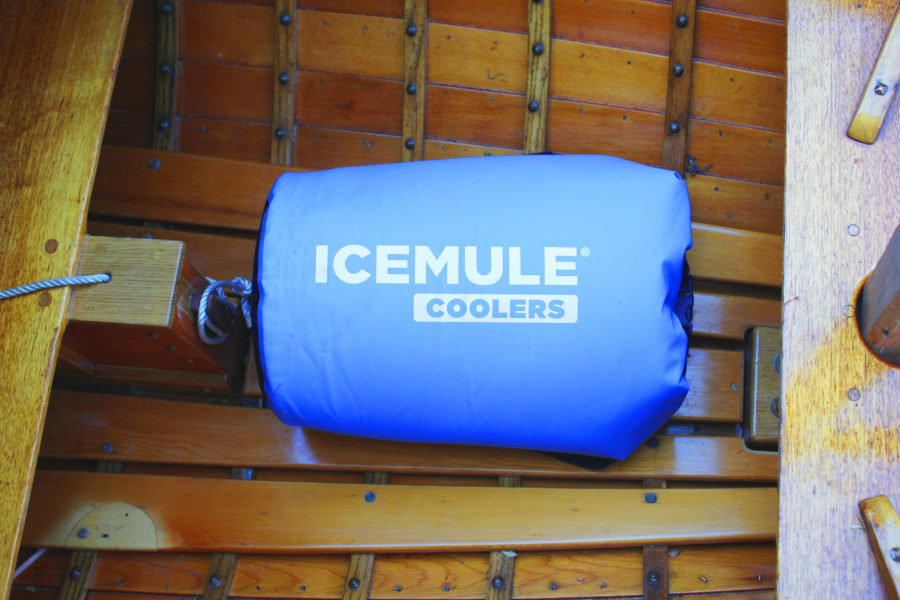
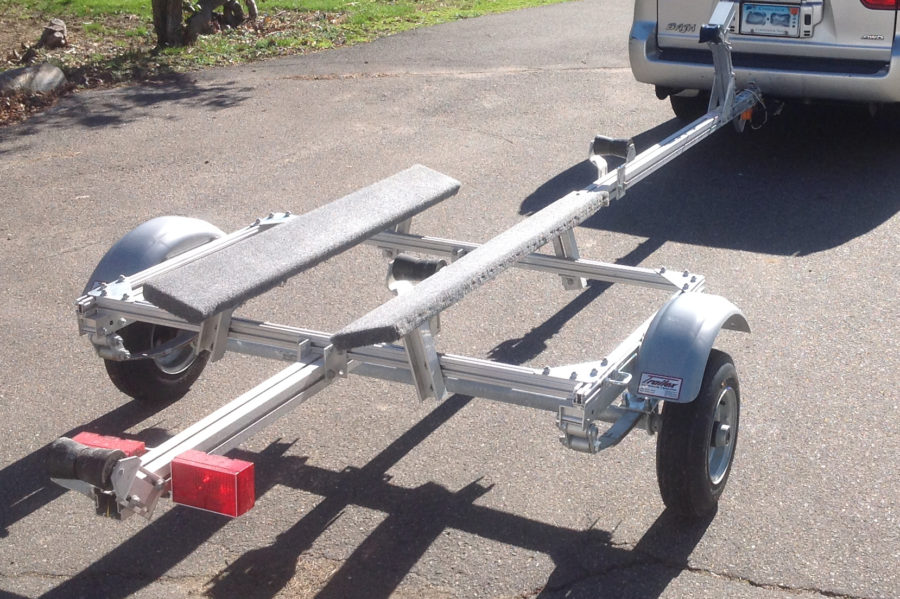
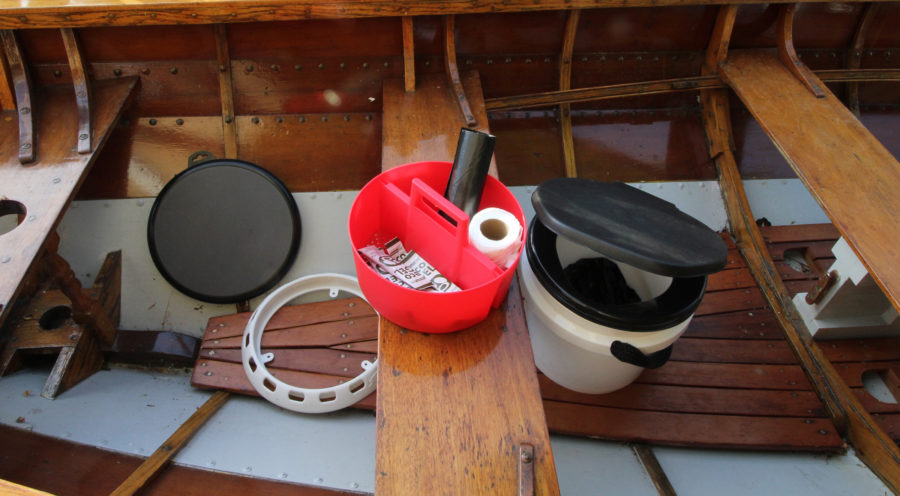
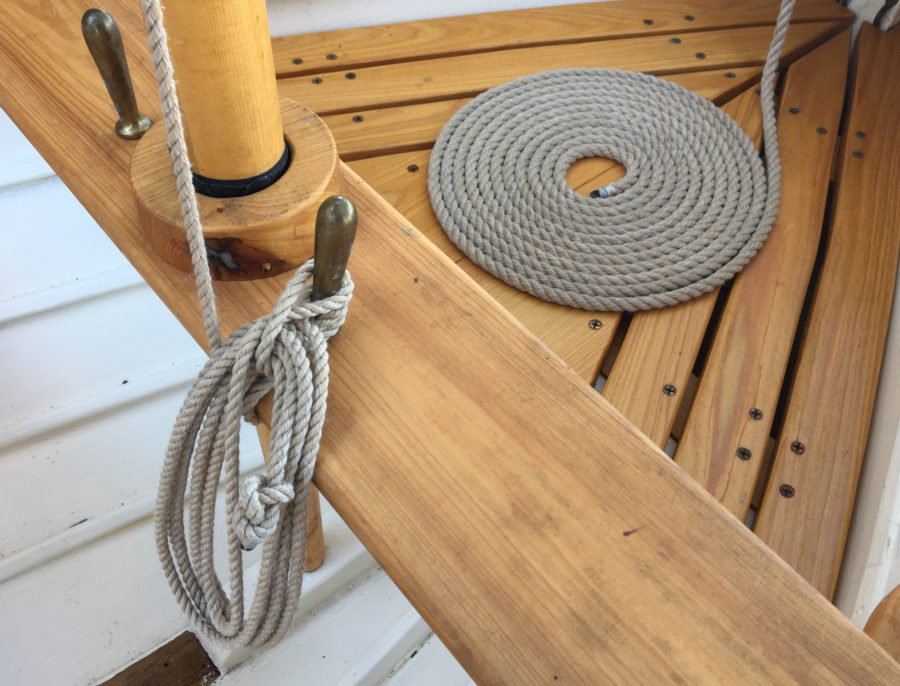
Seems like a large zip-lock bag would be a cheaper solution.
Hi Andrew! Sure that’s cheaper, but I prefer multi-functional durables. As I see it, there are a few unique details for this gadget, and being a bag is pretty low on the list of what makes it truly useful. This is more like taking a tiny washing machine out on the water with me to clean crucial gear. It’s definitely at the fancy end of the solution spectrum, but I wouldn’t recommend doing laundry with disposable plastic bags as a way of getting around buying a Scrubba. There’s always the good ol’ Dr. Bronner’s and a rock followed by a twist and a hang.
I found that it was difficult to keep the clothes in contact with the washboard while kneading the bag. You give me hope for next summer.